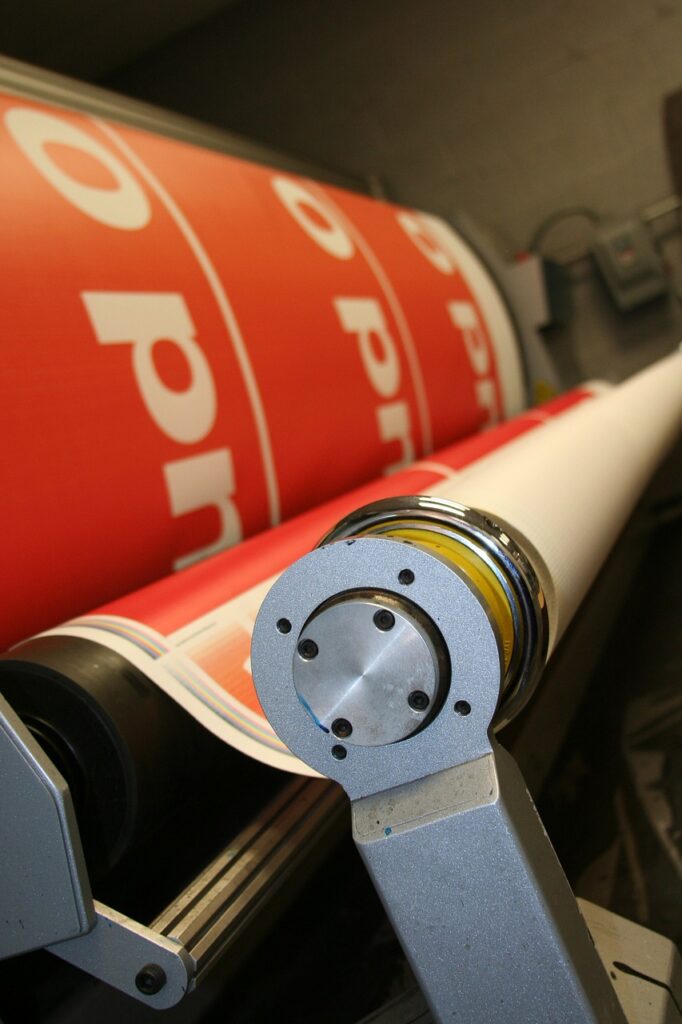Explore ways to use graphics to weave a narrative that captivates your audience and reinforces your event theme
Event graphics are more than just visual elements; they’re powerful tools that can help tell a story, engage your audience, and reinforce your event theme. When designed thoughtfully, graphics can transform a mere event into a captivating narrative journey. This article will explore effective strategies for using event graphics to tell a compelling story that resonates with your audience.
1. Understand Your Event’s Narrative
Define the Core Message: Start by identifying the central story or message you want to convey. Whether it’s a product launch, a conference, or a charity gala, your event’s narrative should be clear and compelling. This core message will guide the design of your graphics.
Outline Key Story Arcs: Determine the key story arcs or themes you want to highlight. This could include the event’s history, the journey of a brand, or the impact of a cause. Mapping out these arcs will help you create a cohesive graphic storyline.
2. Develop a Visual Storytelling Strategy
Create a Visual Theme: Develop a visual theme that reflects your event’s narrative. Use colors, typography, and imagery that align with the story you’re telling. Consistent visual elements will help reinforce the narrative and make it more memorable.
Use Sequential Graphics: Design graphics that follow a logical sequence, guiding attendees through the story. For instance, use a series of banners or posters that build on each other, leading the audience from one aspect of the story to the next.
3. Incorporate Engaging Visual Elements
Leverage High-Quality Imagery: High-quality images can evoke emotions and set the tone for your event’s story. Choose images that are relevant and impactful, helping to illustrate key points in your narrative.
Utilize Infographics and Data Visualizations: Infographics and data visualizations can help tell complex stories in a simplified and engaging way. Use these tools to present data and information that support your event’s narrative.
4. Create Interactive Graphics
Incorporate Interactive Elements: Interactive graphics, such as touchscreens or QR codes, can enhance storytelling by allowing attendees to engage with the content. For example, a touchscreen display could provide additional details or behind-the-scenes insights into your event’s story.
Encourage Audience Participation: Use graphics to prompt audience interaction, such as social media hashtags or photo booths. This can help attendees become part of the story and share their experiences, further enriching the narrative.
5. Align Graphics with Event Stages
Match Graphics to Event Phases: Ensure that your graphics are aligned with different stages of the event. For instance, use graphics to set the stage during the welcome phase, highlight key moments during the event, and provide a memorable takeaway during the closing phase.
Reinforce the Story Throughout: Maintain consistency in your graphics throughout the event to reinforce the narrative. This ensures that attendees are continually engaged and reminded of the story you’re telling.
6. Use Themed Signage and Props
Design Themed Signage: Create signage that complements your event’s theme and narrative. Themed signage can enhance the atmosphere and immerse attendees in the story.
Incorporate Custom Props: Custom props can add a unique touch to your event’s story. For example, if your event is themed around a historical period, use props that evoke that era and enhance the overall narrative.
7. Ensure Consistency and Clarity
Maintain Visual Consistency: Consistency in design elements, such as colors, fonts, and imagery, helps to strengthen the narrative and create a cohesive experience. Ensure that all graphics align with the event’s theme and storytelling strategy.
Communicate Clearly: Ensure that your graphics communicate the story clearly and effectively. Avoid clutter and focus on delivering the narrative in a straightforward and engaging manner.
8. Gather Feedback and Analyze Impact
Collect Attendee Feedback: After the event, gather feedback from attendees about the effectiveness of your graphics in conveying the story. This can provide valuable insights into what resonated with the audience and what could be improved.
Evaluate Graphic Impact: Assess how well your graphics supported the event’s narrative and objectives. Use this information to refine your storytelling approach for future events.
Conclusion
Using event graphics to tell a compelling story can significantly enhance your event’s impact and create a memorable experience for attendees. By understanding your event’s narrative, developing a visual storytelling strategy, and incorporating engaging elements, you can effectively communicate your story and captivate your audience.
EventGraphics is your expert partner in creating impactful graphics that tell a compelling story. Our team specializes in designing graphics that align with your event’s narrative and objectives. Contact EventGraphics – The Event Graphic Specialists today to bring your event’s story to life with graphics that captivate and engage.

